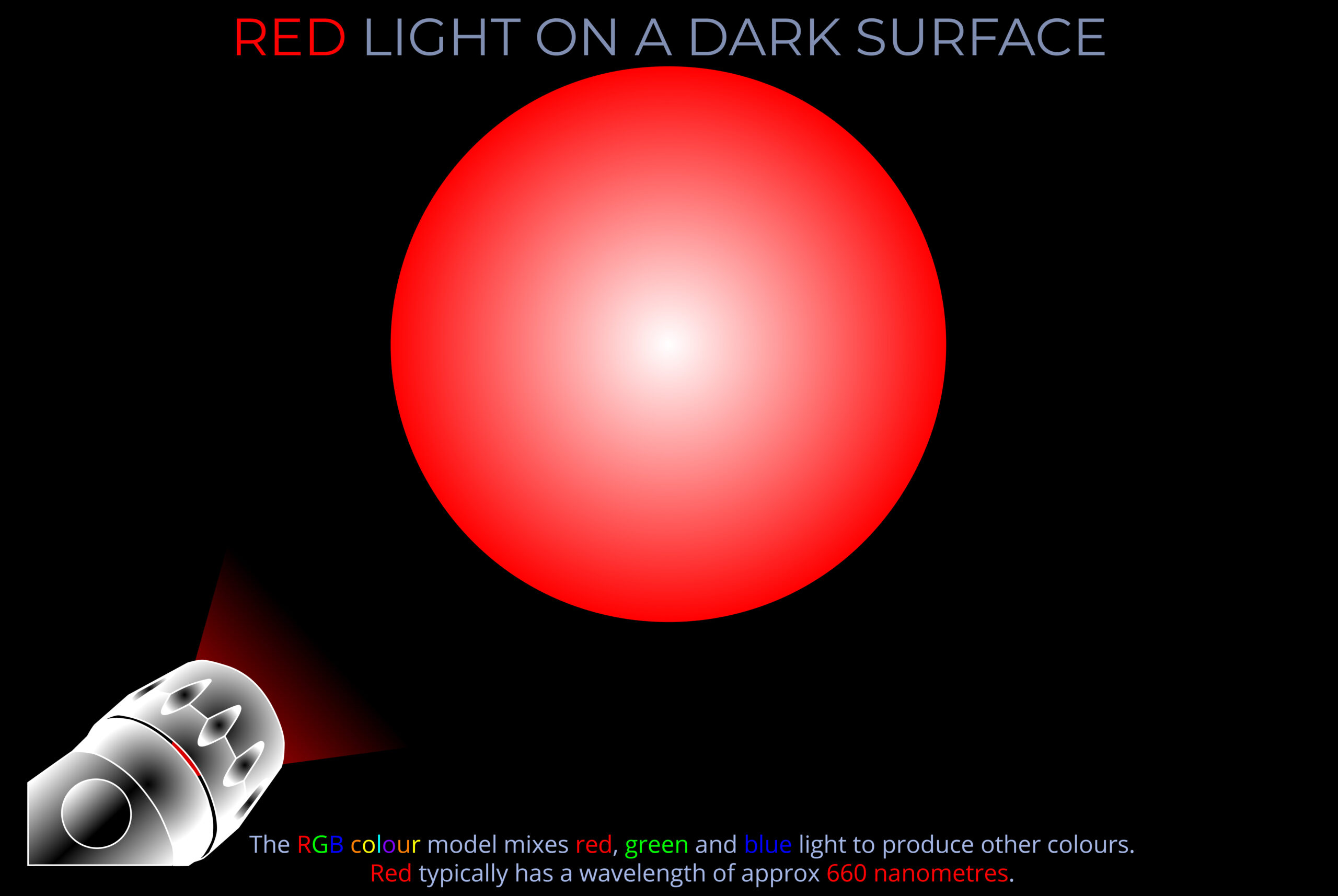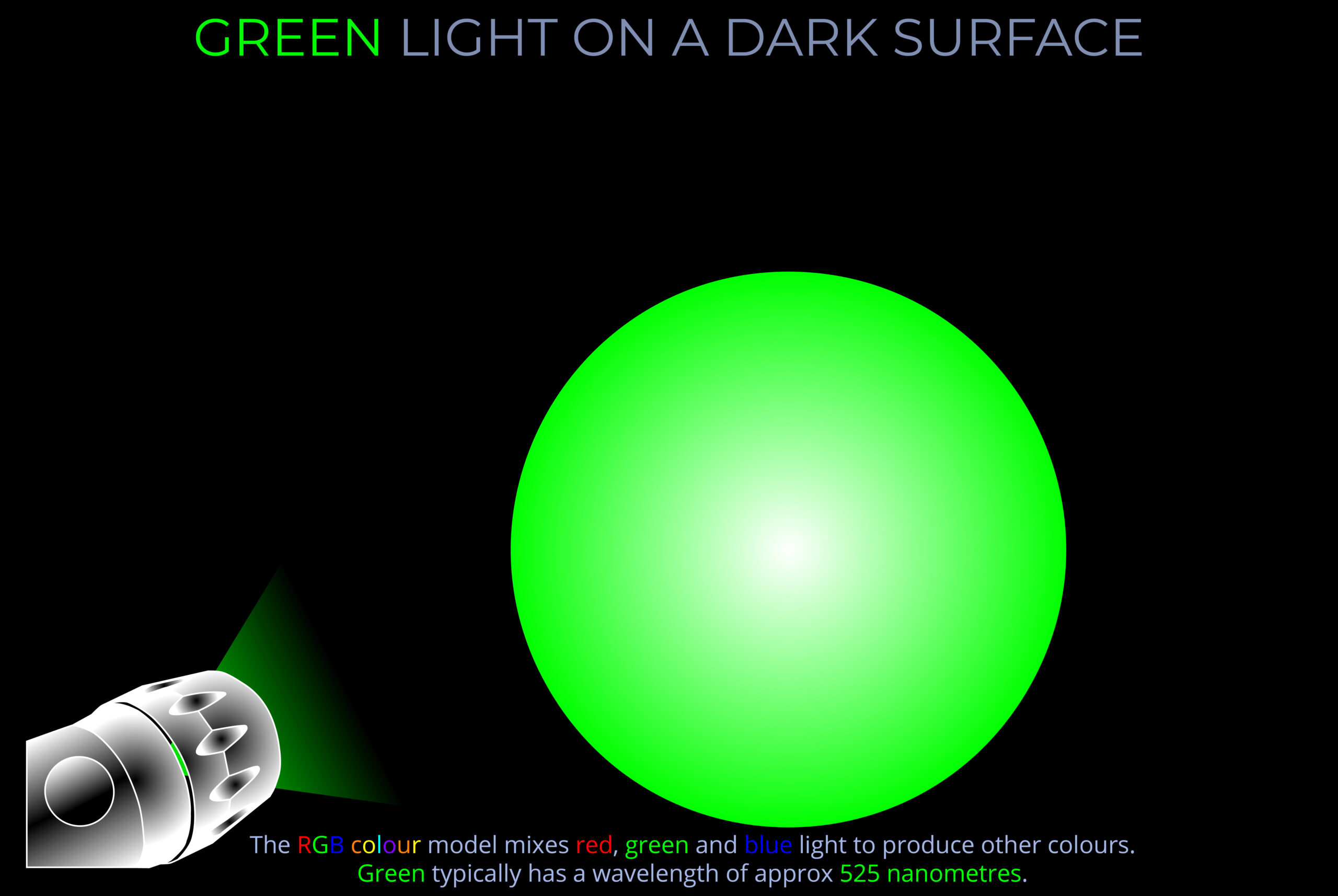Spectral Colours & RGB Colours
£0.00
This diagram shows the six spectral colours associated with the colours of the rainbow.
- The top half of the diagram shows that each of these spectral colours can be produced by a single wavelength of light.
- The bottom half of the diagram shows that three spectral colours (red, green and blue) can be combined in pairs to produce orange, yellow and violet.
Remember that:
- Spectral colours are produced by a single wavelength of light. So each individual wavelength of visible light produces a different spectral colour.
- Rainbows are produced by spectral colours as sunlight is refracted and dispersed by raindrops.
- Red, orange, yellow, green, blue and violet are familiar spectral colours.
Description
Spectral Colours & RGB Colours
TRY SOME QUICK QUESTIONS AND ANSWERS TO GET STARTED
About the diagram
About the diagram
- This diagram shows the six spectral colours associated with the colours of the rainbow.
- The top half of the diagram shows that each of these spectral colours can be produced by a single wavelength of light.
- The bottom half of the diagram shows that three spectral colours (red, green and blue) can be combined in pairs to produce orange, yellow and violet.
Remember that:
- Spectral colours are produced by a single wavelength of light. So each individual wavelength of visible light produces a different spectral colour.
- Rainbows are produced by spectral colours as sunlight is refracted and dispersed by raindrops.
- Red, orange, yellow, green, blue and violet are familiar spectral colours.
- The visible spectrum contains a continuum of spectral colours.
- The wavelength corresponding with each colour is shown in nanometres (nm). The wavelengths selected for each colour are for illustration only.
- In practice, the choice of wavelengths for primary colours usually depends on factors such as the colour model being used, the gamut of colours that a display device can produce and the context in which colours are to be viewed.
Remember also:
- The visible spectrum is a small part of the electromagnetic spectrum.
- Spectral colours should not be confused with RGB colours.
- Spectral colours relate to the visible spectrum.
- RGB colours are produced by mixing wavelengths using the three primary colours, red, green and blue.
- A demonstration of RGB colour is often presented in the form of a colour wheel.
- In a continuous spectrum of wavelengths, separate colours are indistinguishable to the human eye.
- The fact that we see distinct bands of colour in a rainbow is an artefact of human colour vision.
Some key terms
The spectral colour model represents the range of pure colours that correspond to specific wavelengths of visible light. These colours are called spectral colours because they are not created by mixing other colours but are produced by a single wavelength of light. This model is important because it directly reflects how human vision perceives light that comes from natural sources, like sunlight, which contains a range of wavelengths.
- The spectral colour model is typically represented as a continuous strip, with red at one end (longest wavelength) and violet at the other (shortest wavelength).
- Wavelengths and Colour Perception: In the spectral colour model, each wavelength corresponds to a distinct colour, ranging from red (with the longest wavelength, around 700 nanometres) to violet (with the shortest wavelength, around 400 nanometres). The human eye perceives these colours as pure because they are not the result of mixing other wavelengths.
- Pure Colours: Spectral colours are considered “pure” because they are made up of only one wavelength. This is in contrast to colours produced by mixing light (like in the RGB colour model) or pigments (in the CMY model), where a combination of wavelengths leads to different colours.
- Applications: The spectral colour model is useful in understanding natural light phenomena like rainbows, where each visible colour represents a different part of the light spectrum. It is also applied in fields like optics to describe how the eye responds to light in a precise, measurable way.
Primary colours are a set of colours from which others can be produced by mixing (pigments, dyes etc.) or overlapping (coloured lights).
- The human eye, and so human perception, is tuned to the visible spectrum and so to spectral colours between red and violet. It is the sensitivity of the eye to the electromagnetic spectrum that results in the perception of colour.
- A set of primary colours is a set of pigmented media or coloured lights that can be combined in varying amounts to produce a wide range of colours.
- This process of combining colours to produce other colours is used in applications intended to cause a human observer to experience a particular range of colours when represented by electronic displays and colour printing.
- Additive and subtractive models have been developed that predict how wavelengths of visible light, pigments and media interact.
- RGB colour is a technology used to reproduce colour in ways that match human perception.
- The primary colours used in a colour space such as CIELAB, NCS, Adobe RGB (1998) and sRGB are the result of an extensive investigation of the relationship between visible light and human colour vision.
The visible part of the electromagnetic spectrum is called the visible spectrum.
- The visible spectrum is the range of wavelengths of the electromagnetic spectrum that correspond with all the different colours we see in the world.
- As light travels through the air it is invisible to our eyes.
- Human beings don’t see wavelengths of light, but they do see the spectral colours that correspond with each wavelength and colours produced when different wavelengths are combined.
- The visible spectrum includes all the spectral colours between red and violet and each is produced by a single wavelength.
- The visible spectrum is often divided into named colours, though any division of this kind is somewhat arbitrary.
- Traditional colours referred to in English include red, orange, yellow, green, blue, and violet.
The visible spectrum is the range of wavelengths of the electromagnetic spectrum that correspond with all the different colours we see in the world.
- As light travels through the air it is invisible to our eyes.
- Human beings don’t see wavelengths of light, but they do see the spectral colours that correspond with each wavelength and colours produced when different wavelengths are combined.
- The visible spectrum includes all the spectral colours between red and violet and each is produced by a single wavelength.
- The visible spectrum is often divided into named colours, though any division of this kind is somewhat arbitrary.
- Traditional colours referred to in English include red, orange, yellow, green, blue, and violet.
The electromagnetic spectrum includes electromagnetic waves with all possible wavelengths of electromagnetic radiation, ranging from low-energy radio waves through visible light to high-energy gamma rays.
- There are no precisely defined boundaries between the bands of electromagnetic radiation in the electromagnetic spectrum.
- The electromagnetic spectrum includes, in order of increasing frequency and decreasing wavelength: radio waves, microwaves, infrared radiation, visible light, ultraviolet radiation, X-rays and gamma rays.
- Visible light is only a very small part of the electromagnetic spectrum.
RGB colour is an additive colour model in which red, green and blue light is combined to reproduce a wide range of other colours.
- The primary colours in the RGB colour model are red, green and blue.
- In the RGB model, different combinations and intensities of red, green, and blue light are mixed to create various colours. When these three colours are combined at full intensity, they produce white light.
- Additive colour models are concerned with mixing light, not dyes, inks or pigments (these rely on subtractive colour models such as the RYB colour model and the CMY colour model).
- The RGB colour model works in practice by asking three questions of any colour: how red is it (R), how green is it (G), and how blue is it (B).
- The RGB model is popular because it can easily produce a comprehensive palette of 1530 vivid hues simply by adjusting the combination and amount of each of the three primaries it contains.
Wavelength measures a complete wave cycle, which is the distance from any point on a wave to the corresponding point on the next wave.
- While wavelength can be measured from any point on a wave, it is often simplest to measure from the peak of one wave to the peak of the next or from the bottom of one trough to the bottom of the next, ensuring the measurement covers the whole of the cycle.
- The wavelength of an electromagnetic wave is usually given in metres.
- The wavelength of visible light is typically measured in nanometres, with 1,000,000,000 nanometres making up a metre.
- Radio waves, visible light, and gamma waves for example, each have different ranges of wavelengths within the electromagnetic spectrum.



